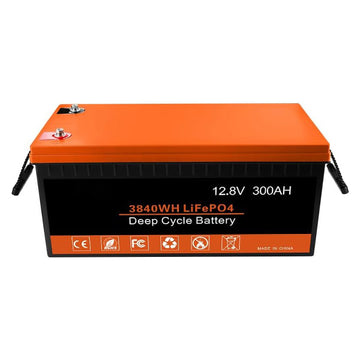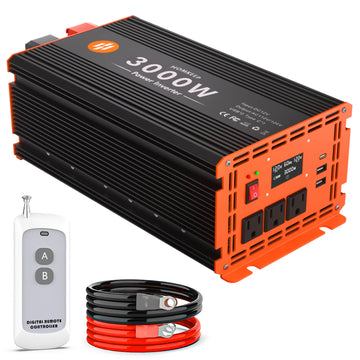Our Solar Loan Calculator is a handy tool for planning your green future. Easily enter your loan parameters and instantly get a detailed overview of your repayment plan, including monthly repayments, total repayments and expected energy savings, helping you to accurately assess and intelligently choose the most suitable loan program for your green lifestyle.
Solar Loan Calculator
Monthly Loan Payment: USD
Total Interest Paid: USD
Monthly Electricity Savings: USD
Actual Monthly Payment: USD
How to Apply for a Solar Loan in the United States
The process of applying for a solar loan in the U.S. may vary depending on different lenders and state policies, but the general steps can be summarised as follows:
- Understand the loan options: First, one needs to understand the different types of solar loans offered in the market, including government-backed loans, loans offered by banks, and financing options offered by solar installation companies.
- Compare loan terms and interest rates: Compare the interest rates, repayment terms, loan amounts, processing fees and other terms and conditions of different lenders and choose the loan product that best suits your needs.
Evaluate your family's financial situation: Before applying for a loan, evaluate your family's financial situation, including income, expenses, credit history, etc., to ensure that you have sufficient repayment capacity. - Choose a solar installer: If the loan is with a solar installer, you need to choose a reputable installer with good service.
Submit Loan Application: Submit a loan application to the selected lender and provide the required application documents, such as proof of identity, proof of income and credit report. - Review and Approval: The lender will review the application, including assessing the applicant's creditworthiness and repayment ability. After the review and approval, the lending institution will grant the loan.
- Installation of Solar System: After obtaining the loan, installation of the solar system can begin. After the installation is completed, the solar system will start to generate electricity and produce energy saving benefits.
U.S. State Policies and Subsidies for Solar Installation
Policies and subsidies for installing solar energy systems vary from state to state in the U.S. Here are some common types of policies and subsidies:
- Investment Tax Credits (ITC): The U.S. federal government offers investment tax credits to encourage renewable energy investments. Depending on the latest policy, the percentage of investment tax credits for solar energy systems may be adjusted, depending on the current policy provisions.
- State Subsidies: Many state governments also provide subsidies for solar installations, including direct subsidies, tax credits, and low-interest loans. Specific subsidies vary from state to state, so check with your local energy department or solar installer.
- Net metering policies: Some states have implemented net metering policies that allow residents to sell excess solar power to the grid and receive compensation. This can help lower a customer's electric bill and improve the economics of a solar system.
- Pay-for-Performance Incentives: Some states or territories offer pay-for-performance incentives based on the performance of the system, i.e., a bonus or subsidy based on the actual amount of electricity generated by the solar system.
Installation Cost Estimates
The cost of installing a solar energy system varies depending on a number of factors, including the size of the system, the location of the installation, and the brand and quality of the components chosen.
You can also make an estimate using our solar installation cost calculator to help you confirm your loan amount!






